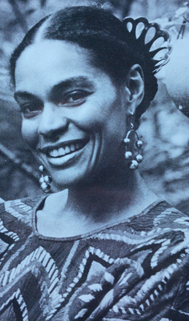|
THE GOOD HIGH SCHOOL
1983 
Sara Lawrence Lightfoot’s The Good High School comes as a welcome respite from a string of gloomy reports about American education. Her focus on goodness, in itself, sets a direction overlooked in the many assessments and recommendations that link the mission of high schools to production of a skilled labor force, maintenance of law and order, and preservation of national security.
Lightfoot implicitly asks what kind of society would issue from schooling that promotes and is characterized by a goodness that is not instrumental to other purposes. Lightfoot vividly and accurately portrays six high schools from inside out and to examine their goodness. Goodness, here, refers to a definition of the quality by schools themselves and to a dynamic quality that cannot be measured by a single indicator of effectiveness. Sara Lawrence Lightfoot draws portraits of six effective schools. Two, George Washington Carver High School in Atlanta and John F. Kennedy High School in the Bronx, are inner-city schools. High-land Park High School near Chicago and Brookline High School in Brookline, Massachusetts, are upper middle-class and suburban. St. Paul's High School in Concord, New Hampshire, and Milton Academy near Boston are elite preparatory schools. Lightfoot's conclusions demand serious reading and reflection. Disavowing the negative, absolutist tone of much school criticism, she suggests that high schools should shape their images by the more realistic standard of a "good enough" school, not by setting minimum requirements but by recognizing and addressing "imperfections, uncertainties, and vulnerabilities." She cautiously notes the value of a "visible ideological perspective," and she confirms the need for strong and consistent leadership that produces order and permits effective teachers to flourish. In good high schools, students are "visible" and "accountable," and staff members are constantly vigilant lest individual students be lost "in the cracks." REVIEWSAn extraordinarily perceptive account of how school cultures emerge as an expression of not only educational aims but also of the cultural aspirations of subcultures within the society. It is notable for its mix of scientific integrity and artistry.
Jerome Bruner, New School for Social Research An antidote to despair and a roadmap to better education. Fred M. Hechinger, New York Times An absolute delight… [Lightfoot] probes the souls of schools and school people…Everybody likes to tinker with schools; few people know how to fix them. Lightfoot’s book will help us fix schools. Alonzo A. Crim, Superintendent, Atlanta Public Schools Lightfoot has an ear for conversations and an eye for the rich and significant detail…revealing insights for both parents and educators in its first-hand portraits of good high schools…a fine and engaging book. Grace Hechinger, Wall Street Journal Additional Reviews
Purchase
|


